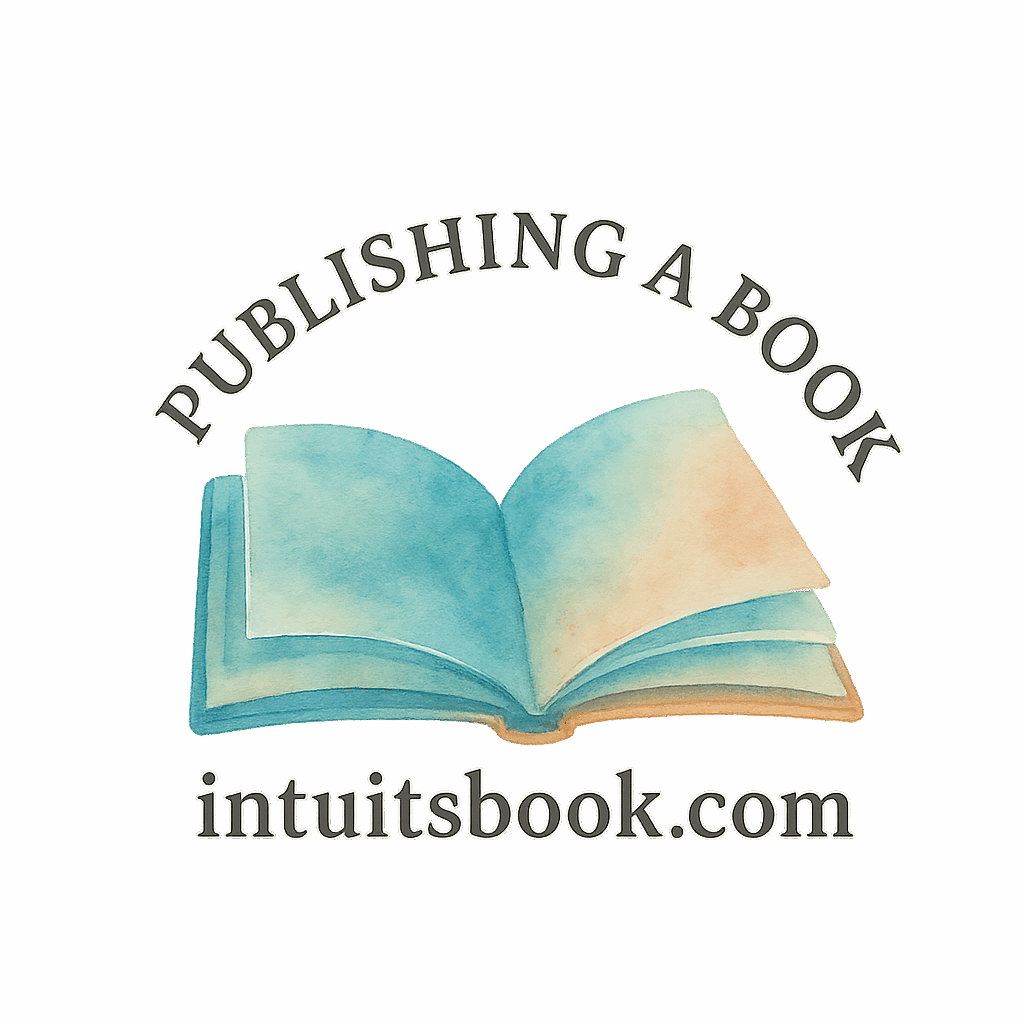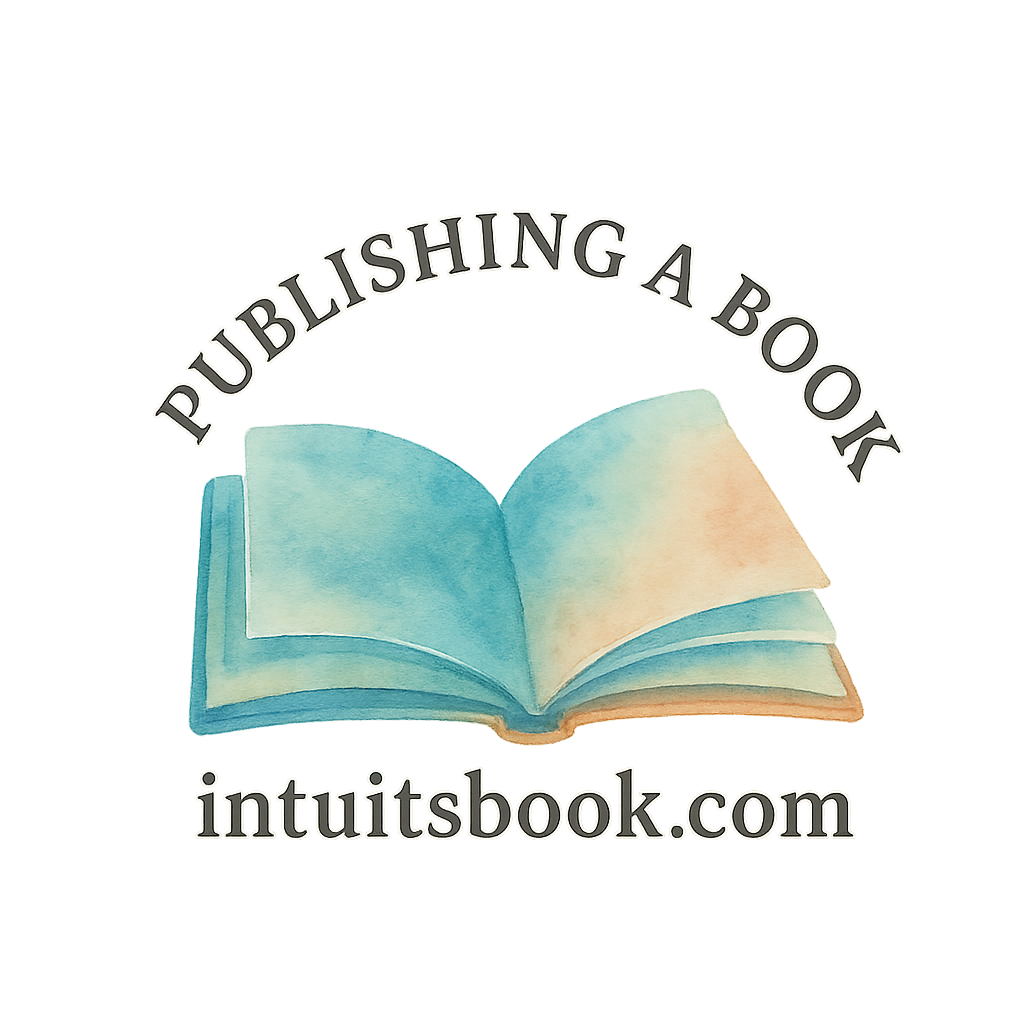So, you’ve got a killer idea for a book, right? But every time you sit down to write, your mind scatters in a dozen directions. What if I told you the secret to keeping your story on track lies in one powerful tool? Yep — a book outline.
Let’s dive into 8 book outline templates that’ll help you organize your manuscript like a pro, whether you’re writing fiction, nonfiction, or something in between.
Why You Need a Book Outline
Benefits of Organizing Your Manuscript
Think of your book outline as the blueprint to your literary house. Without it, things can get messy fast — plot holes, pacing problems, and jumbled characters. An outline helps you avoid these pitfalls and brings order to your creative chaos.
Avoiding Writer’s Block with Clear Structure
Ever stare at a blank page wondering, “What comes next?” Outlines kill that feeling. When you have a roadmap, each writing session becomes productive because you already know the direction.
For more on how to build your book confidently, check out our advice on the writing process and manuscript steps.
Choosing the Right Book Outline Template
Fiction vs Nonfiction Outline Needs
Fiction outlines often focus on plot arcs and character development, while nonfiction is all about clarity, evidence, and message delivery. If you’re unsure where to start, try browsing through examples in self-publishing and traditional publishing.
Knowing Your Writing Style
Are you a planner or a pantser (someone who flies by the seat of their pants)? Pick a template that complements your process. If you’re somewhere in between, don’t worry — you can mix and match (we’ll talk about that later).
1. The Classic Chapter-by-Chapter Outline
Best for Traditional Storytelling
This outline breaks your book into chapters from the get-go. It’s perfect if you already have a clear vision and want to write linearly.
How to Build It
Start with a list: Chapter 1 – The Setup, Chapter 2 – The Conflict Begins… and so on. Detail what happens in each chapter. Tools like Scrivener can make this easier.
Internal tip: Planning your chapters early aligns well with your book idea and boosts your book draft efficiency.
2. The Snowflake Method
Start Small, Grow Big
Randy Ingermanson’s Snowflake Method begins with a one-sentence summary of your story and expands it step by step into a detailed narrative.
Ideal for Complex Plots
If you’re writing fantasy or sci-fi with lots of subplots, this method is a godsend. It helps you keep every twist, turn, and character arc organized.
Learn how to improve outlining with author tools.
3. The Hero’s Journey Template
Based on Timeless Storytelling Archetypes
This classic outline follows a protagonist on a transformative adventure — think Star Wars or The Hobbit. It’s broken into stages: the call to adventure, crossing the threshold, the ordeal, the return.
Great for Fantasy and Adventure Genres
Fantasy writers, this one’s for you. Use it when your character is destined to face challenges and evolve. You’ll find it fits well with themes in author education.

4. The Three-Act Structure
Simple, Effective, and Popular
Act I: Setup. Act II: Confrontation. Act III: Resolution.
It’s been used by everyone from Shakespeare to Hollywood. And it’s great for pacing.
Breaking Down the Acts
- Act I introduces the characters and stakes.
- Act II cranks up the conflict.
- Act III resolves everything with a bang.
Want to go deeper into storytelling formats? Check out our guides on write a book.
5. The Mind Map Outline
Visual and Free-Form Thinkers Rejoice
Sometimes lines and bullet points aren’t enough. A mind map uses visuals to connect ideas — great for creative thinkers.
Tools to Help You Build One
Use tools like MindMeister, Milanote, or good old-fashioned paper and markers.
It’s a great fit for new authors figuring out how to publish a book.
6. The Beat Sheet (Save the Cat!)
Perfect for Screenwriters and Pacing Pros
“Save the Cat!” is a screenwriting technique turned book template. It breaks your story into “beats” — moments that drive emotional engagement.
Scene-by-Scene Planning
Use this if you like structure but still want room for creativity. Think of it like rhythm in a song — it keeps everything flowing.
Enhance your scenes with tips from writing tips.
7. The Synopsis Outline
Summarize the Whole Book in One Shot
This template is a one- or two-page summary of your entire book — plot, themes, characters, everything.
Great for Querying Agents and Publishers
Most traditional publishers want a synopsis. Nail this format, and you’re already halfway to a great query tip.
8. The Book Proposal Outline
Essential for Nonfiction Authors
If you’re writing nonfiction, especially for traditional publishing, a proposal is crucial. It outlines your idea, target audience, competition, marketing plan, and chapter breakdown.
Key Components You Need to Include
- Overview
- Author Bio
- Market Analysis
- Sample Chapters
Boost your submission chances by brushing up on book publishers.
How to Customize Your Outline
Mixing and Matching Templates
You’re not stuck with just one format. Combine elements. Maybe you like the structure of a Three-Act but the visual vibe of a Mind Map? Go for it!
Adapting to Your Creative Process
Your outline should evolve as your book does. Don’t be afraid to change things mid-draft. Flexibility is key — especially for independent authors.
Final Thoughts on Organizing Your Manuscript
Choosing the right book outline template is like choosing the right shoes for a marathon. The wrong fit will give you blisters — the right one? You’ll fly. Whether you’re aiming for self-publishing glory or a traditional book deal, your outline is your best friend.
Take time to explore what works for you. Start simple, build confidence, and remember — every great book began with a great plan.
And hey, if you’re looking to publish, promote, or sell your book, don’t forget to check out our pages on book marketing, free marketing, and how to sell books. You’ve got this!
FAQs
1. What’s the best book outline template for beginners?
The Classic Chapter-by-Chapter outline is perfect for beginners. It’s straightforward and keeps your progress measurable.
2. Can I switch templates midway through writing?
Absolutely! Your outline should serve you, not the other way around. Adapt as your story grows.
3. Should nonfiction authors use outlines too?
Yes! In fact, nonfiction often requires more structured outlines — especially for book proposals or educational texts.
4. How long should my outline be?
That depends on the method. A beat sheet might be a page, while a snowflake outline could grow to 10+ pages.
5. Are outlines necessary for self-publishing?
Yes — while you have full control, structure ensures quality. Explore learn to publish resources to help.
6. Where can I find tools to create my outline?
Try Scrivener, Milanote, MindMeister, or even Word/Google Docs for flexible options.
7. Is an outline the same as a synopsis?
Nope! A synopsis is a summary of your book — great for pitches. An outline is your internal guide to writing it.


